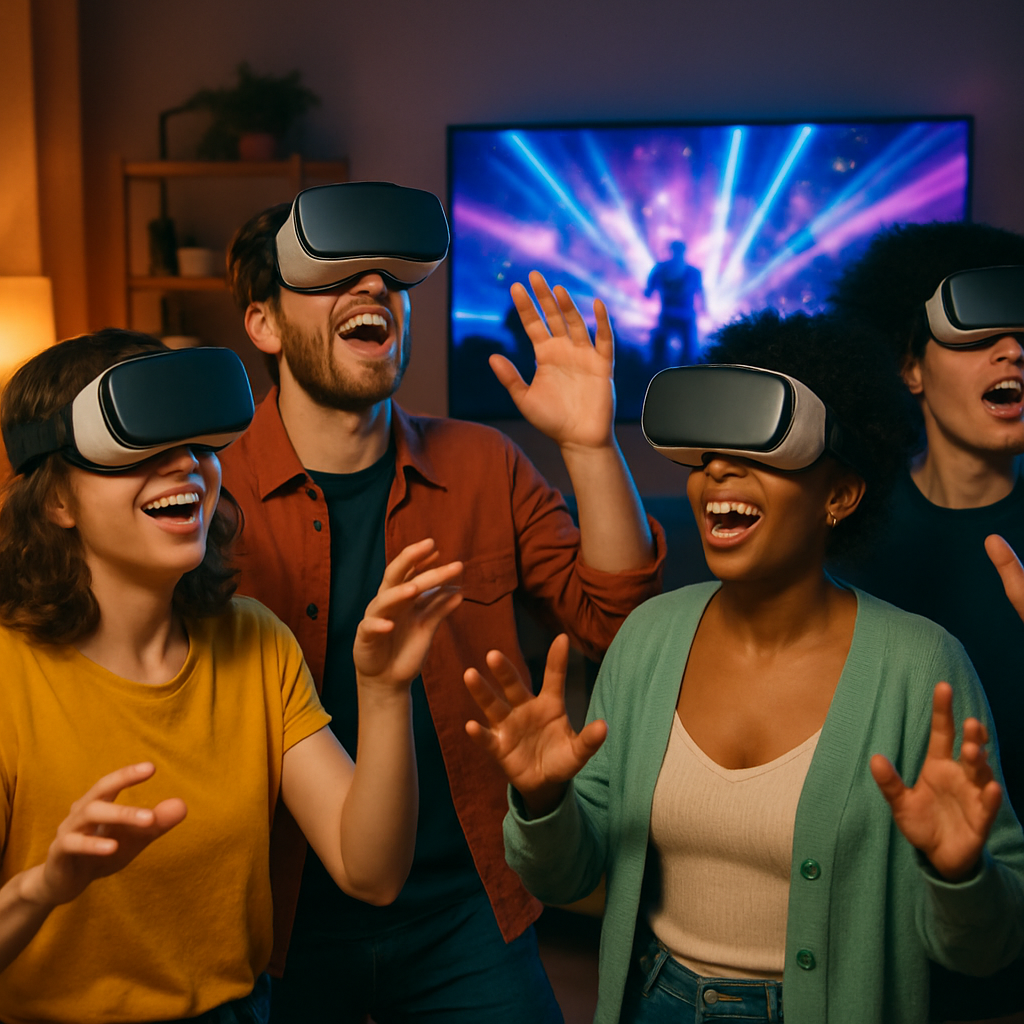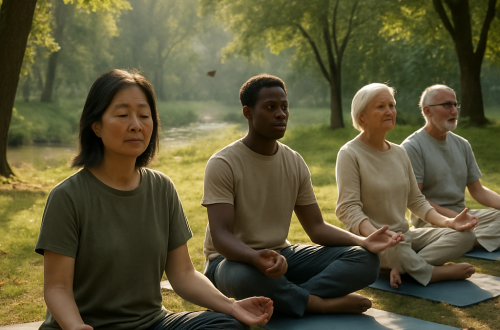The Rise of Virtual Reality Concerts and Their Impact on Live Music Experiences

Virtual reality concerts might sound a bit like something out of a sci-fi film, but they’re becoming more common than you might think. There’s something novel about slipping on a VR headset and being whisked away to a digital concert where your favorite artist is performing live sort of. These events are transcending traditional music experiences, and they’re shaking up the live music scene in unexpected ways.
Picture this: it’s 2020, and the world is pretty much shut down due to the pandemic. Live music, a balm for many, is out of reach. Enter Travis Scott, who partners with Fortnite to hold a series of virtual concerts. Not only did it give people an escape, but it also brought them together in a digital space where they could feel part of something bigger than their living rooms. Over 12 million people tuned in, a number that would be unthinkable for a physical venue. It was an eye-opener, showing the potential of VR concerts to reach massive audiences without the constraints of geography.
The Allure of Virtual Events
Setting up a concert in VR isn’t just about creating a virtual stage and having an avatar play music. It involves crafting an entire experience. The technology allows for psychedelic visuals, gravity-defying stunts, and interactions that feel almost magical. Some might argue this is more spectacle than substance, but isn’t there something to be said for a little wonder in our lives?
VR concerts can offer unique experiences that the real world simply can’t match. For instance, the band Imagine Dragons held a VR concert where attendees could explore a digital landscape that morphed with the music. It’s hard to compete with visuals like that in the real world. Plus, with VR, there’s no such thing as a bad seat. Every viewer can feel like they’re front and center, which is a game-changer for fans used to craning their necks from the nosebleed section.
Yet, there’s the question of authenticity. Some purists might find it hard to replace the tangible energy of a live show. The sweat, the collective shout of the crowd, the feeling of the bass vibrating through the floor those are hard to replicate with pixels and code. Music journalist David Brown put it well in his piece for Rolling Stone, noting that while VR concerts are fascinating and innovative, they lack the “gritty authenticity” of in-person shows (Brown, 2020).
Balancing the Virtual and the Real
VR concerts have a way of democratizing music events. Not everyone lives near major concert venues, and not everyone can afford tickets, travel, and accommodations for a big show. With VR, anyone with the right technology can join in from anywhere in the world. This accessibility is a huge win for fans, but it also opens up new revenue streams for artists. They can reach a global audience without the logistical nightmare of a world tour.
That said, VR concerts aren’t without their challenges. There’s a technological barrier VR headsets aren’t cheap, and they require a decent internet connection. Not to mention, some folks might find the whole virtual experience disorienting. I remember my first VR expedition; I had barely strapped on the headset before I was stumbling around my living room like a sailor on leave. It wasn’t pretty.
And let’s talk about the social aspect. While VR concerts can connect people digitally, you can’t replace the camaraderie of sharing a sweaty, crowded space with fellow fans. There’s a certain magic in the chaos of a live show like bonding with a stranger over a shared love for the band or laughing at the antics of an over-enthusiastic dancer in the aisle. VR concerts might not offer the same opportunities for spontaneous human connection, but they bring people together in their own way. For instance, fans can chat and interact with other avatars, and some platforms even allow for post-show hangouts. It’s not the same as splitting a cab with new friends after a gig, but it’s something.
The Future of Live Music
Looking ahead, VR concerts will likely become a staple in the entertainment industry. They’re not just a temporary fix during pandemics or for fans who live in remote areas. Rather, they’re a new dimension of experiencing music. Artist Björk, always ahead of the curve, said in an interview with The Guardian, “Virtual reality is not only a natural continuity of my music but of music in general” (Smith, 2016). She’s embraced the potential of VR by integrating it into her music videos and live performances, and it’s hard to argue with someone who’s always been a step ahead.
It’s worth thinking about how VR concerts could evolve. We might see hybrid events where real-world concerts are enhanced with VR elements. Imagine attending a concert where you can switch between watching the live performance and viewing a fantastical, VR version with special effects that defy reality. It could offer the best of both worlds.
Then there’s the question of how this impacts the music industry itself. If VR concerts become more popular, it could shift how artists approach touring and performing. They might spend more time creating VR-friendly content, or even develop entirely new forms of interactive music experiences. It’s exciting but also a bit daunting after all, change is never without its challenges.
Of course, VR concerts won’t replace traditional live shows at least not entirely. There will always be a place for the raw energy of a live performance. Artists like Bruce Springsteen, who are known for their electrifying live shows, thrive on the connection they forge with the crowd. It’s hard to imagine The Boss trading his E Street Band for a virtual stage anytime soon.
But as VR technology continues to improve, and as more people have access to it, these virtual concerts will only grow in popularity. They offer a unique blend of accessibility, innovation, and spectacle that’s hard to ignore. For those of us who love music in all its forms, VR concerts are simply another way to enjoy the art we hold dear.
So, what’s the takeaway? Maybe it’s that music is an ever-evolving beast, constantly adapting to the times. VR concerts are just the latest iteration, offering new ways to experience the magic of live performances. They’re not without their quirks and limitations, but then again, neither are traditional concerts.
Whether you’re a die-hard live music fan or someone curious about this new frontier, it’s an exciting time to be part of the music world. Who knows what the next big shift will be? Maybe it’s something we can’t even imagine yet. But until then, I’ll be here, headset in hand, ready to see where this digital road takes us next.


